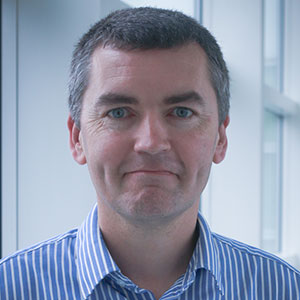Jonathan's current, industrially-oriented, research interests include the development of new and improved temperature measurement techniques in industries such as aerospace and automotive.

Jonathan's current, industrially-oriented, research interests include the development of new and improved temperature measurement techniques in industries such as aerospace and automotive.
Jonathan Pearce is a principal research scientist leading the contact thermometry technical area of the NPL Temperature Group, which maintains and develops the UK temperature measurement infrastructure including realising and disseminating the SI unit of temperature, the kelvin. He is currently the group’s Science Area Leader. Before joining NPL in 2006 he worked as a physicist in the USA, France, Japan, and the UK, and he has published over 150 papers on measurement issues. Research highlights include the development of new thermocouples and high temperature fixed points for contact thermometry, modelling of the effect of sub-ppm impurities on the solidification of high purity metals for application to primary fixed points used as temperature standards, and techniques for overcoming calibration drift including self-validating sensors and driftless thermometry.
Jonathan's main interests are developing fit-for-purpose measurement systems, developing numerical and analytical models of physical systems, providing robust, practical contact thermometry solutions, and digitalisation of the temperature measurement infrastructure. He currently represents the UK on several CCT and EURAMET TC-T working groups, is the UK representative on the EURAMET Technical Committee for Thermometry (TC-T), serves on standards committees including BSI and IEC, and is on the editorial board of the International Journal of Thermophysics and the Johnson Matthey Technology Review. He is a Fellow of the Institute of Physics.
Current industrially-oriented research includes development of new and improved temperature measurement techniques applied to a suite of high value manufacturing applications in aerospace, automotive, and government, in particular through coordinating a series of large European projects to enhance process control through improved temperature measurement. Key developments include both conventional devices such as thermocouples for extreme environments, as well as novel, primary thermometers such as a practical Johnson noise thermometer being developed with commercial partners. SI-oriented research includes modelling of solidification of very pure metals, development of miniature phase-change cells for in-situ calibration, characterisation of self-heating of resistance thermometers, and combinatorial calibration techniques.